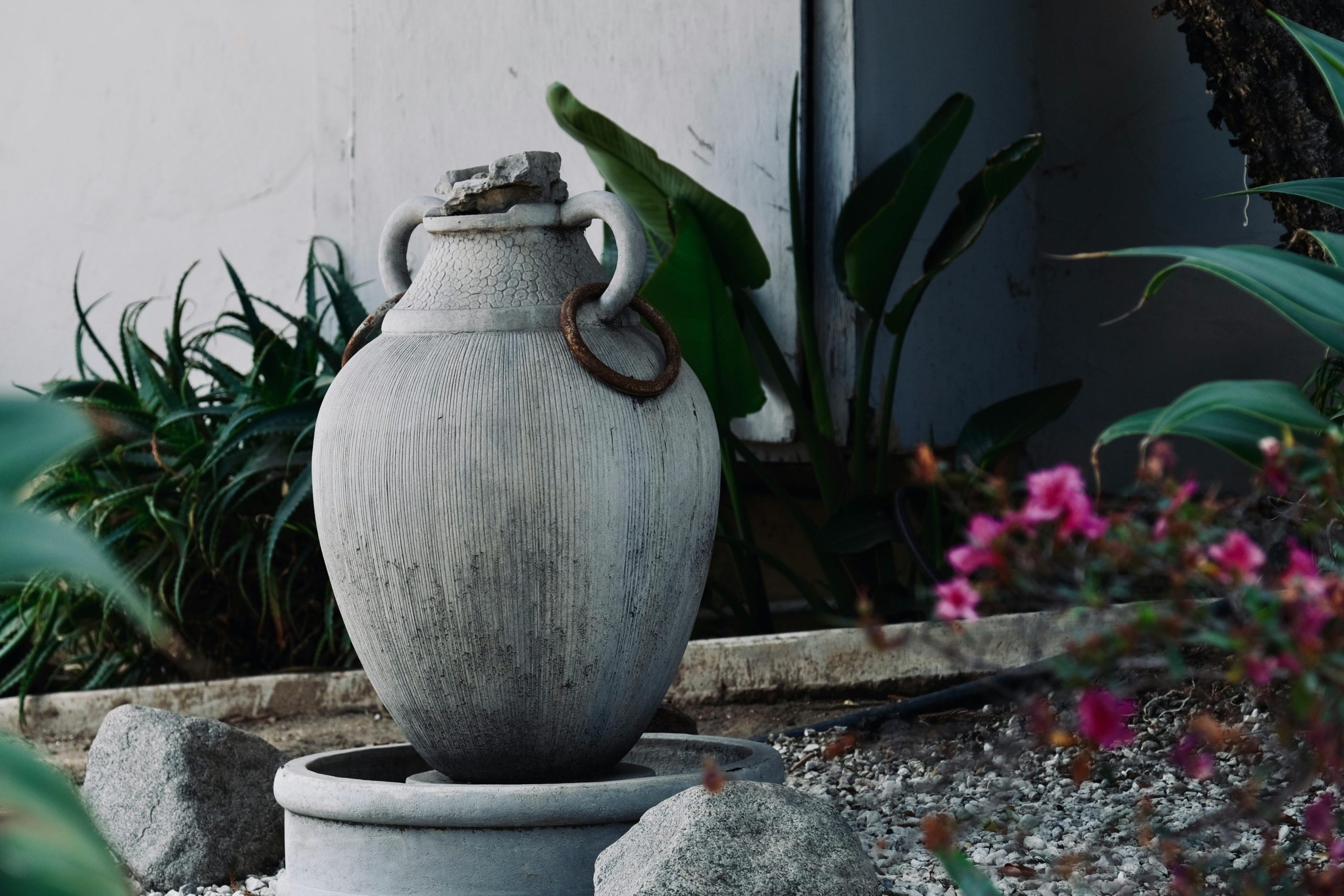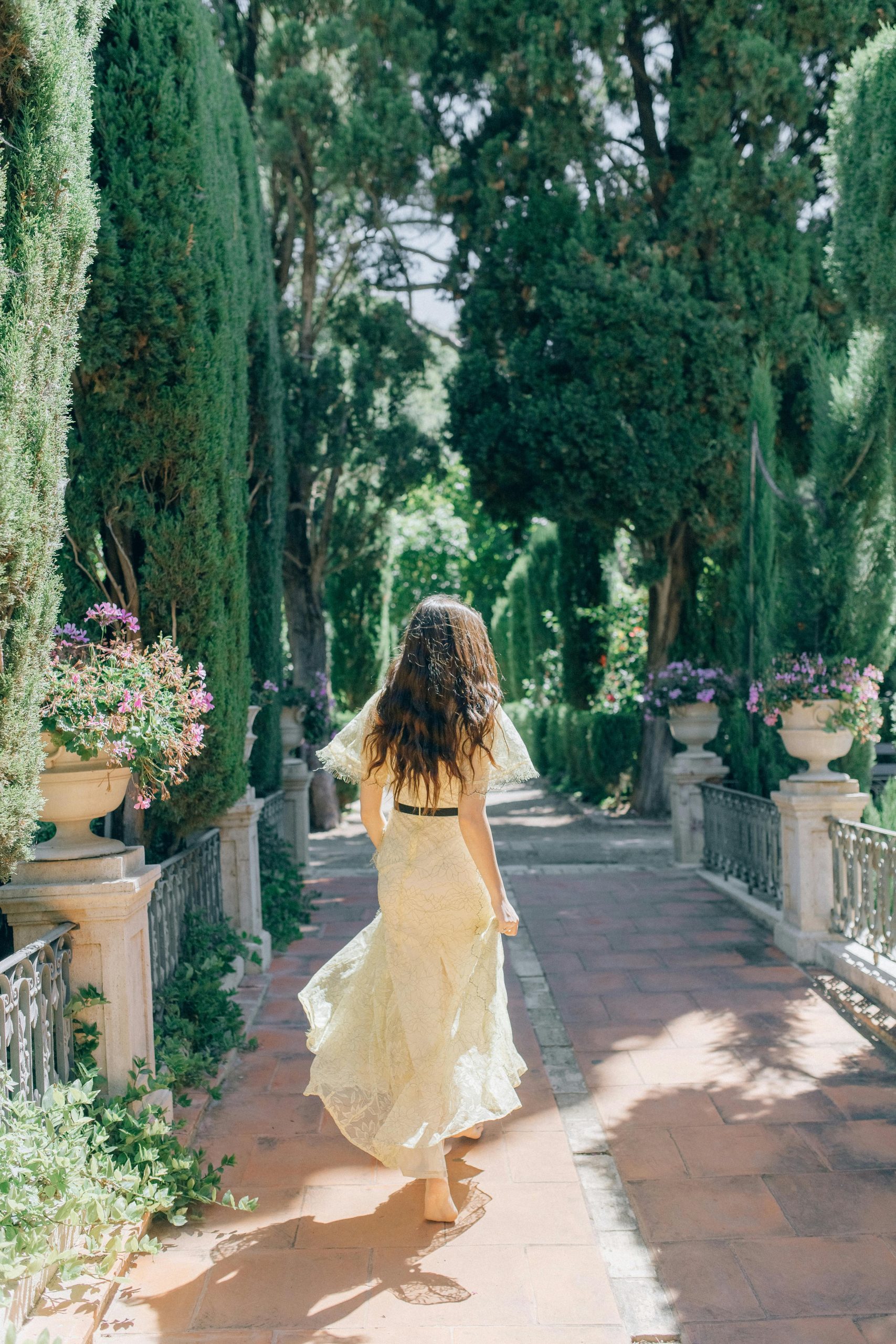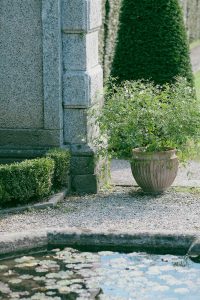Designing a Meaningful Urn Garden for Loved Ones

Creating an urn garden provides a serene space for remembrance, allowing loved ones to be honored in a personal and meaningful way. This tranquil setting can transform a simple area into a cherished sanctuary where memories flourish among carefully selected plants and flowers. As we explore various aspects of designing your own urn garden, you’ll discover how to choose the right location, incorporate personal touches, and maintain its beauty while respecting cultural and spiritual practices.
- Choosing the Right Location for an urn Garden
- Selecting Appropriate Plants and Flowers
- Incorporating Personal Touches and Symbolism
- Maintaining the Beauty of the urn Garden
- Respecting Cultural and Spiritual Practices
- Frequently Asked Questions
- What materials are best for creating an urn garden?
- How can I personalize an urn garden to reflect my loved one’s personality?
- What should I consider when choosing a location for the urn garden?
- What plants are ideal for an urn garden?
Choosing the Right Location for an urn Garden
Selecting the perfect location for an urn garden is crucial in creating a serene and meaningful space. Consider these key factors to help you choose wisely:
- Sunlight: Identify areas in your yard that receive adequate sunlight. Most plants thrive in well-lit environments, so ensure your urn garden gets at least 6 hours of light daily.
- Accessibility: Choose a spot that invites visitors. Placing the urn garden near a pathway or patio can encourage family and friends to pay their respects regularly.
- Privacy: Look for secluded areas that offer a sense of tranquility. A quiet corner or a tucked away part of the garden can provide a peaceful retreat for reflection.
- Proximity to Home: Determine whether you want the urn garden close to your living space. A nearby location allows for easy maintenance and greater visibility, enhancing the emotional connection to your loved one.
- Soil Quality: Assess the soil conditions in your chosen area. Healthy soil supports vibrant plant growth in your urn garden, ensuring it remains a beautiful tribute.
By considering these elements, you can create a meaningful urn garden that serves as a heartfelt memorial for your loved ones.

Selecting Appropriate Plants and Flowers
Choosing the right plants and flowers for your urn garden is essential in creating a serene and meaningful space. The selection process involves not only aesthetics but also symbolism and maintenance considerations. Here are some key factors to keep in mind:
- Symbolism: Select plants that represent qualities cherished by your loved one. For example, roses symbolize love, while lilies represent purity.
- Seasonal Blooms: Incorporate a mix of perennial and annual flowers to ensure that your urn garden remains vibrant throughout the year.
- Color Palette: Choose colors that resonate emotionally. Soft pastels can evoke tranquility, while brighter hues may celebrate joy and life.
- Ease of Maintenance: Opt for plants that fit your gardening skill level. Low-maintenance varieties, such as succulents or lavender, can be ideal for busy individuals.
Here’s a quick comparison table to help you decide:
| Plant Type | Symbolism | Maintenance Level |
|---|---|---|
| Roses | Love | Moderate |
| Lilies | Purity | Moderate |
| Lavender | Serenity | Low |
| Succulents | Resilience | Very Low |
By carefully selecting plants and flowers, your urn garden becomes not just a resting place, but a heartfelt tribute to your loved one.
Incorporating Personal Touches and Symbolism
Creating an urn garden becomes a deeply personal tribute when you incorporate special touches and meaningful symbolism. Here are several ideas to help you infuse your urn garden with sentiment:
- Personal Objects: Include items that belonged to your loved one, such as a favorite book, a piece of jewelry, or a cherished photograph. These can serve as powerful reminders of their life.
- Symbolic Plants: Choose plants that hold significance. For example:
- Roses symbolize love.
- Lavender represents tranquility.
- Daisies convey innocence.
- Engraved Stones or Plaques: Use stones with engraved messages, quotes, or their name. This addition adds a custom element to your urn garden.
- Artistic Features: Decorative garden art, such as sculptures or wind chimes, can reflect the personality of your loved one and create a peaceful atmosphere.
By thoughtfully selecting each element, you can transform the urn garden into a sanctuary of remembrance, honoring the life lived and the memories shared.
Maintaining the Beauty of the urn Garden
To truly honor the memory of your loved ones, maintaining the beauty of the urn garden is essential. Regular care ensures that this special space remains inviting and serene. Follow these steps to keep your urn garden vibrant:
- Watering: Ensure plants receive adequate moisture. Consider the needs of each variety; some may require more frequent watering.
- Pruning: Regularly trim dead or overgrown foliage. This practice not only enhances appearance but also fosters healthy growth.
- Mulching: Apply mulch around plants. It conserves moisture, suppresses weeds, and adds a finished look to the urn garden.
- Weeding: Remove unwanted plants promptly. Keeping the space free from clutter helps the beauty of the urn garden shine.
- Seasonal Updates: Rotate flowers seasonally. Introducing new blooms can refresh the design and add color throughout the year.
Moreover, establishing a routine for these tasks will help maintain the urn garden’s integrity, ensuring it remains a peaceful tribute for years to come.

Respecting Cultural and Spiritual Practices
When designing an urn garden, it is crucial to honor the cultural and spiritual practices that reflect the loved one’s heritage. Adhering to these traditions not only adds significance but also promotes healing for those who visit the garden. Here are some ways to incorporate these practices:
- Research Traditions: Understand the specific customs associated with memorial gardens in different cultures. For instance, some cultures may incorporate specific symbols or colors in their arrangements.
- Symbolic Plants: Select plants that hold cultural significance. For example, in many cultures, white lilies symbolize purity and peace, making them a suitable choice for an urn garden.
- Spiritual Elements: Include items such as prayer flags, stones with inscriptions, or decorative statues that resonate with the deceased’s beliefs, enhancing the spiritual ambiance.
- Ceremonial Aspects: Consider planning a small ceremony when planting or dedicating the urn garden. This can help the family and friends connect more profoundly with the space.
In summary, respecting cultural and spiritual practices fosters a sense of reverence in the urn garden, creating a comforting and meaningful retreat for remembrance.
Frequently Asked Questions
What materials are best for creating an urn garden?
When designing an urn garden, selecting the right materials is essential for both aesthetics and durability. Popular choices include weather-resistant materials such as stone, brick, and ceramic. These materials not only withstand various weather conditions but also impart a timeless beauty to the garden. Additionally, incorporating elements like metal planters and wooden benches can provide a natural look that complements the urns. Consider using native plants and flowers that thrive in your region to enhance the visual appeal of the garden.
How can I personalize an urn garden to reflect my loved one’s personality?
Personalizing an urn garden is a heartfelt way to honor a loved one. Consider incorporating items that reflect their interests, such as specific plants that they cherished, decorative stones with meaningful inscriptions, or even garden art that represents their hobbies or passions. You might also choose to arrange the plants in a way that symbolizes their life journey. For example, curved paths can signify a journey, while symmetrical arrangements can reflect harmony. Thoughtfully selecting colors, textures, and shapes will create a unique and meaningful tribute.
What should I consider when choosing a location for the urn garden?
Choosing the right location for an urn garden is crucial to enhance its beauty and accessibility. Look for a spot that receives appropriate sunlight, as most plants require a minimum of six hours of sunlight a day. Additionally, consider the accessibility for family and friends who may want to visit. A location that offers privacy and tranquility, perhaps near a peaceful sitting area or surrounded by trees, can provide a serene environment for reflection. It’s also vital to ensure that the site can be maintained and that the urns are secure from potential hazards.
What plants are ideal for an urn garden?
Selecting plants for an urn garden can significantly impact its overall aesthetic and symbolism. Ideal choices often include perennials like lavender, peonies, or hostas, which bring continuous life and color throughout the seasons. Drought-resistant succulents can also be wonderful, particularly in regions with less rainfall. For a more vibrant display, consider adding seasonal flowers like pansies or marigolds. Ultimately, choose plants that hold personal significance or those that thrive in your local climate to ensure the garden is both beautiful and sustainable.



